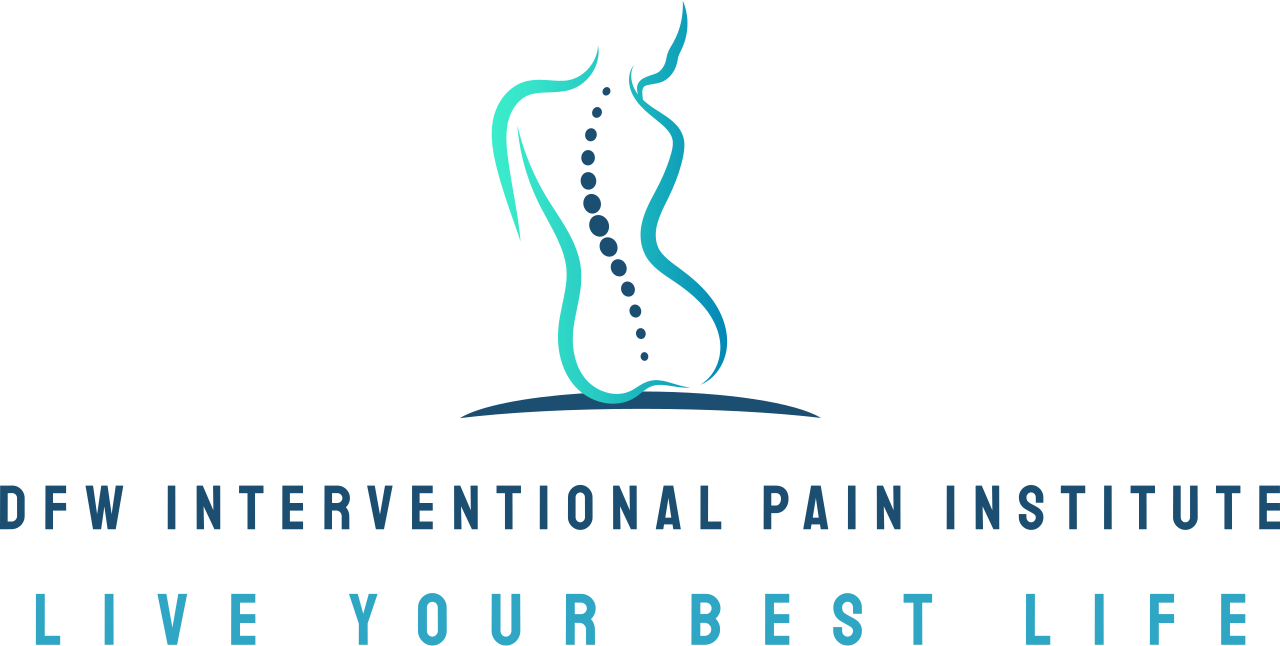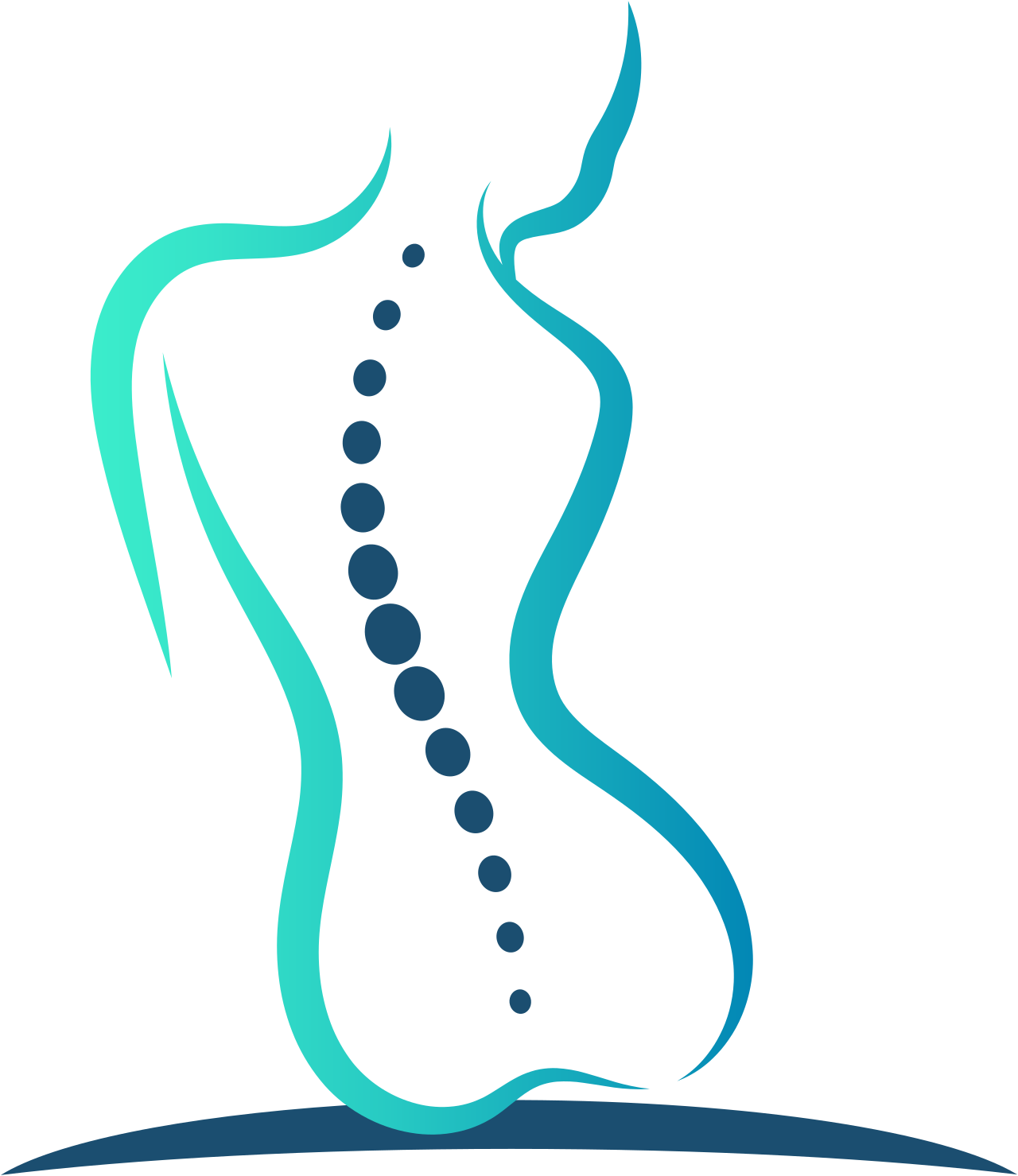Finding fast relief for migraines with quick-acting medications
If you suffer from chronic migraines, you already know they're more than just a headache. They can be debilitating, affecting your ability to work, enjoy life and even get through the day. For those who suffer from these intense and often unpredictable headaches, finding fast-acting relief is crucial. This blog post aims to guide you through understanding migraines, exploring fast-acting medications and managing your symptoms effectively.
Understanding migraines
Migraines are severe headaches that are often accompanied by other symptoms such as nausea, vomiting and sensitivity to light and sound. These headaches can last anywhere from a few hours to several days, significantly impacting daily life. The throbbing pain is usually concentrated on one side of the head, although it can occur on both sides in some individuals.
Triggers for migraines vary widely among sufferers, making it essential to identify personal triggers to manage them effectively. Common triggers include stress, hormonal changes, certain foods and drinks, sleep disturbances and environmental factors. Lifestyle factors such as irregular eating patterns and dehydration can also contribute to the onset of migraines.
Recognizing the symptoms of a migraine is the first step toward managing it. While some people experience an aura—such as visual disturbances—before a migraine hits, others may only experience the headache itself. Regardless of the symptoms, understanding the nature of migraines helps sufferers take proactive steps toward alleviating the pain and discomfort they cause.
How Dr. Edrick Lopez and DFW Interventional Pain Institute can help
At DFW Interventional Pain Institute, Dr. Edrick Lopez and our dedicated staff offer comprehensive care tailored to the unique needs of migraine sufferers. We understand the profound effect migraines can have on your life and are committed to providing relief through advanced, evidence-based treatment options. Dr. Lopez employs a multidisciplinary approach, combining the latest medical interventions with lifestyle and preventive strategies to effectively manage migraines.
Our team works closely with patients to understand their specific triggers and symptoms, crafting personalized treatment plans that aim for both immediate relief and long-term management. Empathy and patient education are at the core of our practice, ensuring that each patient feels supported and informed throughout their journey to achieve improved quality of life.
Fast-acting medications for migraines
When it comes to treating migraines, time is of the essence. Fast-acting medications are essential for providing quick relief and minimizing the impact migraines have on your life. These medications work by targeting the underlying mechanisms that cause migraine symptoms, offering much-needed relief to sufferers.
Fast-acting medications for migraines fall into several classes, each with its own mechanism of action. Triptans are commonly used and work by constricting blood vessels and blocking pain pathways in the brain. Another class includes nonsteroidal anti-inflammatory drugs (NSAIDs), which reduce inflammation and alleviate pain. Additionally, newer medications like CGRP inhibitors target specific proteins involved in the migraine process.
While fast-acting medications can be incredibly effective, they also come with potential side effects. Triptans, for example, may cause dizziness, fatigue, or tingling sensations. NSAIDs can lead to stomach upset if taken frequently. It's essential to discuss any concerns with a healthcare provider to find the right medication that suits your needs while minimizing adverse effects.
Prescription drugs used to treat migraines
Here are a list of some prescription drugs that are used to treat migraines. These should only be administered under the direction of a physician or pain management doctor:
Sumatriptan (Imitrex): One of the most commonly used triptans, available in various forms such as tablets, nasal sprays and injections.
Rizatriptan (Maxalt): A newer triptan that is also available as a dissolving tablet for faster relief.
Diclofenac: An NSAID that can be taken as a tablet or applied topically for localized pain relief.
Erenumab: A CGRP inhibitor that is administered via injection once a month to prevent migraines from occurring.
OnabotulinumtoxinA (Botox): Injected every 12 weeks, this medication helps prevent chronic migraines in adults who experience at least 15 headache days per month.
Zolmitriptan (Zomig): A selective serotonin receptor agonist used to effectively relieve migraine symptoms by reducing headache pain and associated symptoms such as nausea and sensitivity to light and sound.
Dihydroergotamine: An ergot alkaloid medication that effectively alleviates migraine symptoms by constricting blood vessels and reducing headache pain and associated symptoms such as nausea and sensitivity to light and sound.
Non-pharmacological treatments
In addition to medications, many migraine sufferers find relief through complementary and alternative therapies. These approaches often focus on reducing the frequency and severity of migraines through holistic means. Techniques like acupuncture, biofeedback and cognitive-behavioral therapy (CBT) are commonly used to help manage migraines without relying solely on medication.
Lifestyle changes can also play a significant role in managing migraines. Regular exercise, adequate hydration and a balanced diet can all contribute to reducing migraine frequency. Maintaining a consistent sleep schedule and managing stress through mindfulness practices, such as yoga or meditation, have also shown positive effects.
While these non-pharmacological treatments may not provide immediate relief during a migraine attack, they serve as valuable tools for long-term management and prevention. Combining these methods with fast-acting medications offers a comprehensive approach to minimizing the impact of migraines on your life.
Tips for managing migraines
Developing daily habits and practices can significantly help in managing migraines. Keeping a migraine diary is one effective way to track triggers, identify patterns, and adjust your lifestyle accordingly. By noting down details about each migraine attack, including potential triggers, symptoms, and their duration, you can gain valuable insights into managing future episodes.
Establishing a routine is another important step in managing migraines. Consistency in sleep patterns, meal times, and exercise routines can help prevent triggers associated with irregularities. Additionally, practicing relaxation techniques, such as deep breathing exercises or progressive muscle relaxation, can reduce stress and promote overall well-being.
It's crucial to stay proactive in managing migraines. Consult with healthcare professionals to develop a personalized treatment plan tailored to your needs. They can provide valuable guidance on medication options, lifestyle adjustments, and additional strategies for managing migraines effectively.
If you're suffering from debilitating migraines, DFW Interventional Pain Institute can help
Migraines can be a significant burden, but with the right approach, it's possible to find relief and regain control over your life. Understanding the nature of migraines, exploring fast-acting medications, and incorporating non-pharmacological treatments are vital steps toward managing these debilitating headaches.
If you're a migraine sufferer, it's important to remember that you're not alone. Seek professional advice from a physician like Dr. Lopez to develop a personalized treatment plan that works for you. By sharing this post, you can help others find the information they need to take control of their migraine management.
If you've been suffering from chronic migraines and are interested in speaking with a pain management physician, contact us at DFW Interventional Pain Institute. Our mission is to help you get to living your best life, and our staff can't wait to get started!

